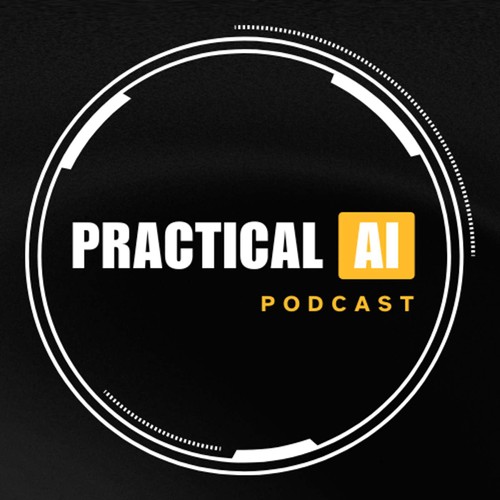
 Practical AI
Practical AI Prompting the future
35 snips
Mar 20, 2024 Jared Zoneraich, founder of PromptLayer, dives into the cutting-edge world of prompt engineering. He highlights its evolution as a vital skill in generative AI. Listeners learn about the importance of tailored communication strategies for different language models. Jared emphasizes the necessity of systematic methodologies and user feedback in optimizing prompts. He discusses managing updates and the balance between stability and adaptability in AI responses. Finally, he explores future trends, focusing on resilient platforms that adapt to user needs.
AI Snips
Chapters
Transcript
Episode notes
Prompt Engineering Defined
- Prompt engineering is tuning LLM inputs, including prompt text, model, temperature, and other hyperparameters.
- It differs from traditional ML hyperparameter tuning, focusing on input-output relationships.
Model Variation in Prompting
- Different large language models (LLMs) respond differently to prompts due to their varying architectures.
- Prompting skills don't always translate across models.
Treat LLMs as Black Boxes
- Treat LLMs like black boxes and track input-output relationships.
- Don't overanalyze how they work internally.

